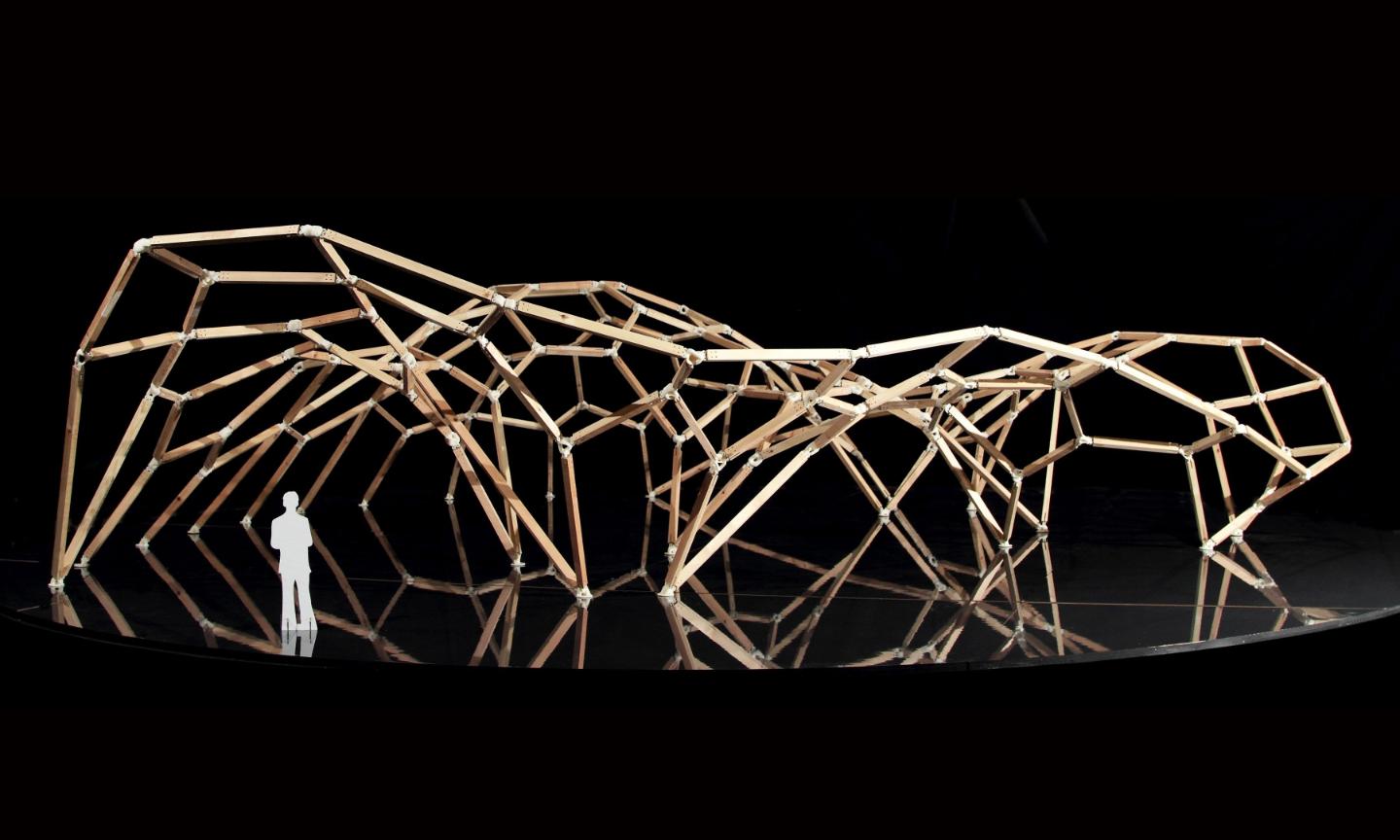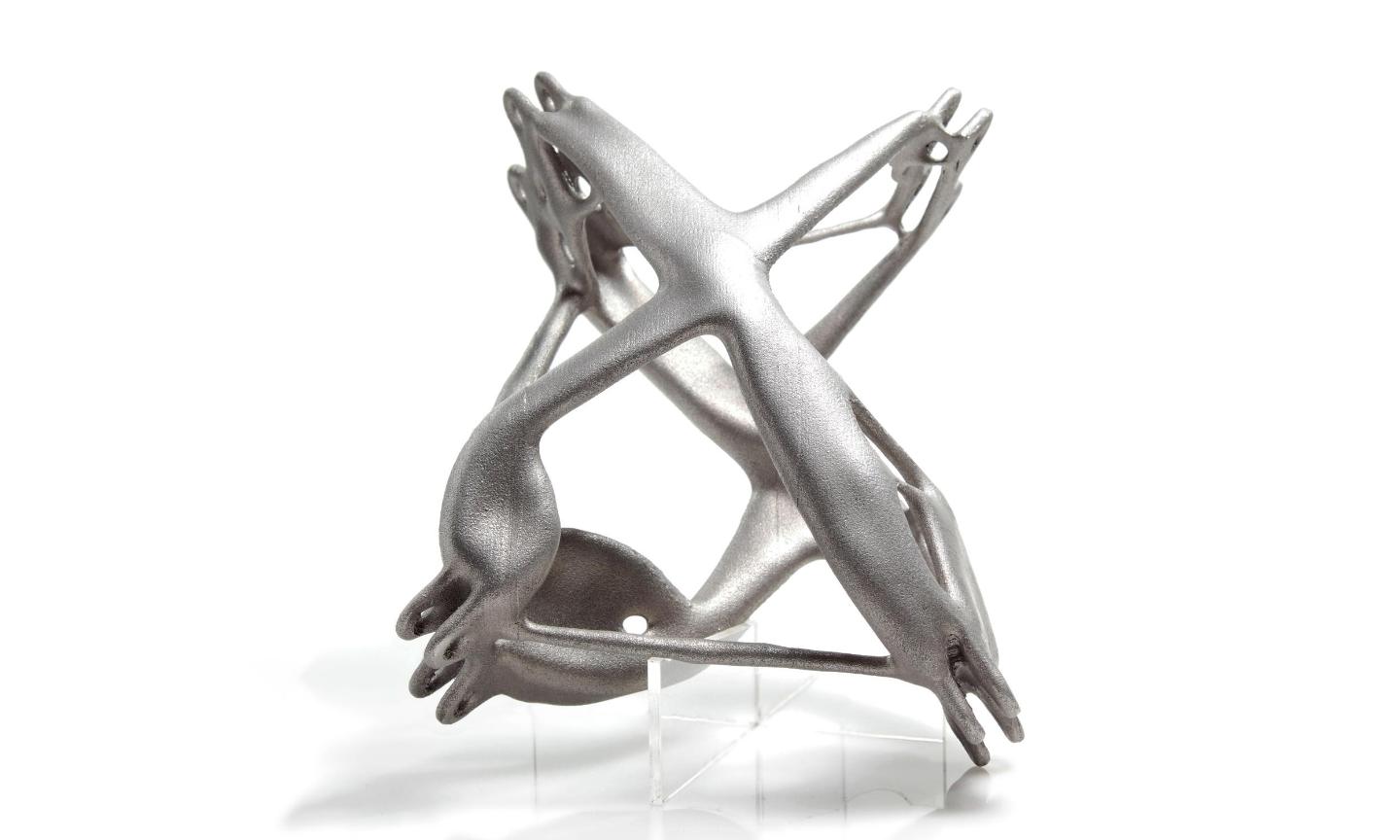The research is the collaborative effort of RMIT, design firm Arup and Research Fellow Kristof Crolla of the Laboratory for Explorative Architecture and Design (LEAD).
Associate Professor Jane Burry, from the the School of Architecture and Design, said the project had explored the potential for using 3D printing to manufacture high-tech, lightweight SmartNodes that could be used with off-the-shelf, standard beams and fixings to construct a complex building.
“These SmartNodes will reduce building costs because they use less material, require less manufacturing processes and are quicker to manufacture,” she said.
“While 3D printing technologies have been around since the 1980s, it has had limited application in in the construction industry.
“People in the construction industry have used 3D printing with concrete, but not with the materials we have used.
“The light weight of the SmartNodes means builders will save a lot on foundations, as well as on materials.
“There is interest from the construction industry, as well as technology, aerospace and medical because of the different forms we can create.”
Dr Andrew Maher, Arup’s Head of Digital Innovation, said the company had been working on additive manufacturing and its impact on design and construction processes for the past few years.
“We see these types of technologies emerging from research laboratories to industry in the very near future – it’s extremely exciting,” he said.
Research fellow Nicholas Williams and Arup staff from Australia and the US – who together spent 12 months working on the project – recently presented their findings to the REAL2015 conference in San Francisco.
Mr Williams said the application of the SmartNodes system to architecture and engineering meant there was more flexibility in the building design without the extra cost.



